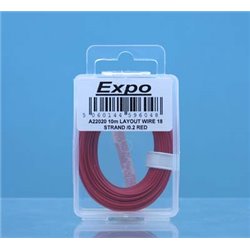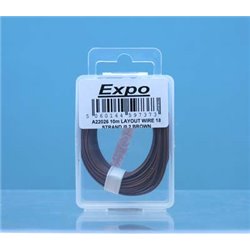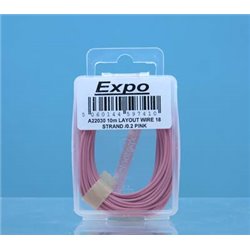Generally, plastic model plane kits do not come with plinths supplied. Nowadays, the majority of kits are designed to...
No products
Product successfully added to your shopping cart
There are 0 items in your cart. There is 1 item in your cart.
Search Tips
Christmas and New Year
We are dispatching orders every weekday apart from Christmas Day, Boxing Day and New Year's Day.
If you order is time critical, select next day delivery at checkout.
The shop in Sandown is closed from 25th December, reopening on 30th December.
How do I wire the controller to the track on a model railway?
To wire a controller to the track on a model railway, you will need to follow these simple steps :
- Connect the controller to the transformer or power supply, according to the manufacturer's instructions.
- Connect the track to the controller using feeder wires. These can be purchased separately or as part of a wiring kit.
- Strip the insulation from the end of each feeder wire, exposing the bare wire.
- Connect one end of each feeder wire to the terminal blocks on the controller and the other end to the track. Make sure the wire is securely fastened to the terminal block and the track.
- Repeat this process for each section of the track that you want to power.
Once all of the track is wired to the controller, you can test the power by turning on the controller and placing a locomotive on the track. If the locomotive moves, the wiring is successful.
If you are using a digital controller, you may also need to program the controller with the addresses of each locomotive on your layout. This will allow you to control the speed and direction of individual locomotives.
Click here to receive the tips weekly in your mailbox. You can unsubscribe at any time.










